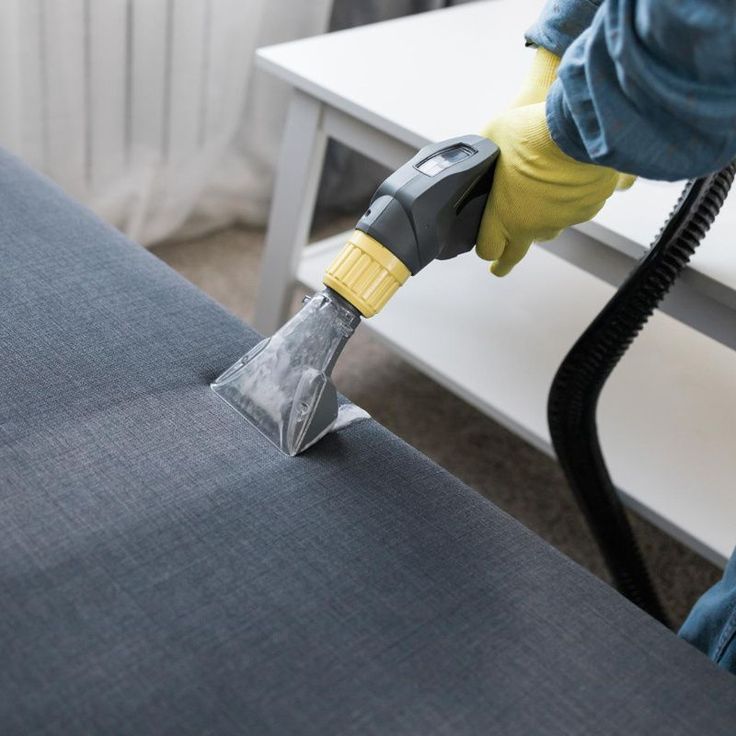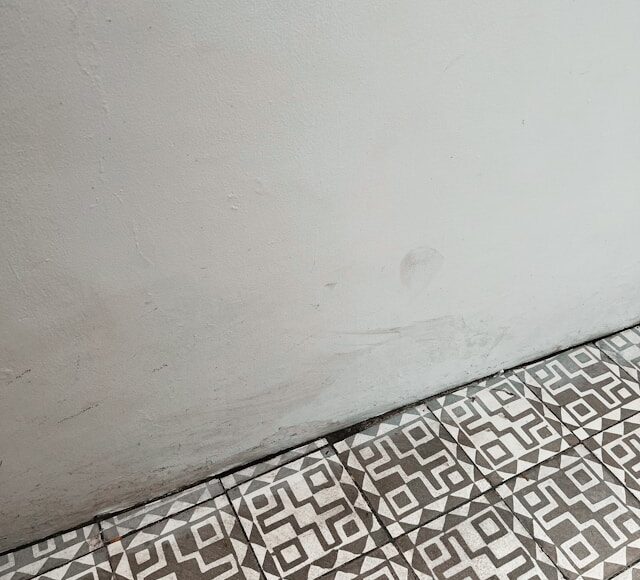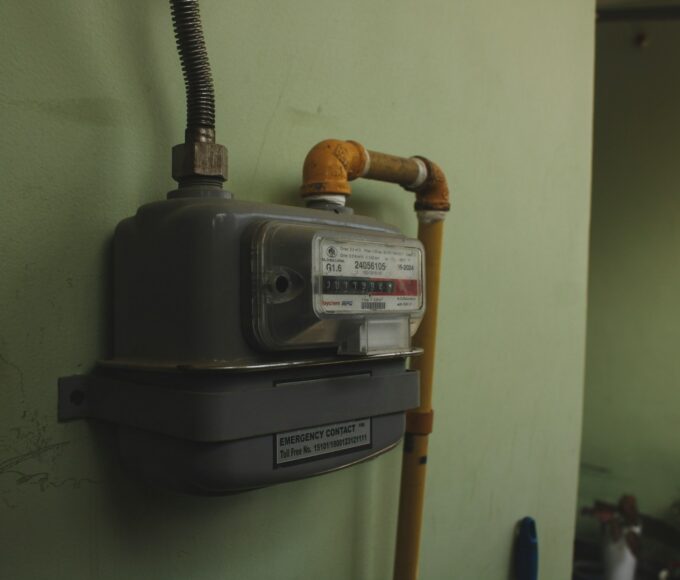Furniture with upholstery brings warmth and comfort into our homes, nevertheless it has to go through its share of spill, stain and wear. So much as we adore our sofas and chairs, maintaining them to look trendy is an uphill task that can be likened to a constant war. Cue upholstery cleaners- the silent heroes that are going to make your favorite furniture clean and beautiful again. But is it really something? What is really happening behind that bottle? How do these products stand up against even the most difficult clean up jobs? So, let us venture into the science of the upholstery cleaners and see how they create their upholstery magic on your favorite stuff.
Common Ingredients in Upholstery Cleaners and Their Functions
There are many ingredients in an upholstery cleaner which act in combination to provide the all round cleaning of the dirt and stains. Surfactants are one of the common ingredients. These chemicals dissolve grease and dirts by lowering surface tension which enables water to reach the fabric easily.
Another potent ingredient is the enzymes. They attack particular stain, such as proteins or carbohydrates and break them down their molecular components so that they would be easier to get rid of.
Solvents are also a very important part of most cleaners of upholsteries. They dissolve difficult compounds like oils and waxes thus, it is easier to remove dirt fibers.
Fragrance additives also improve on the cleaning process since your upholstery is left smelling fresh after cleaning by upholstery cleaners perth.
PH balancers are useful such that they create a perfect balance in cleaning. This allows fabrics to go unharmed and gets to be as efficient as possible at fighting stains. All the ingredients have their roles to play in providing clean and refreshed furniture surfaces.
The Science Behind Stain Removal
Getting the stains out does not just entail a scrubbing task; rather it is a chemistry thing. Every stain is rather unique in its composition, and knowing it can be the difference.
Once you spill something such as red wine or coffee, the pigments enter the fabric fibers. These stains are the target of upholstery cleansers whose action depends on the use of surfactants. These reagents facilitate the lowering of surface tension of water enabling it to expand and remove the soil particles off the fibers.
Enzymes also have a key role. They degrade organic elements like oil and protein included in food spills. They break them down on a molecular level which makes them very effective in changing stains without aggressive scrubbing.
Heat increases the effectiveness of cleaning as well since it opens fabric pores. It is important however to select an appropriate temperature that will not destroy various materials.
It is important to know how these different parts will work so as to select the best cleaner known to produce the best clean upholstery.
Understanding pH Balance in Upholstery Cleaning
PH balance is one of the issues in cleaning upholstery. It means acidic or alkaline cleaning solutions which have a scale of measurement between 0 and 14. Most fabrics do best at a neutral pH of 7.
The effectiveness of the cleaners can be boosted by using the correct pH cleaners. As an example, one should use acidic solutions on stains of mineral origin such as rust or accumulation of hard water. On the other hand, alkaline formulas work best with greasy stains and protein stains including food or blood.
Selecting a wrong pH may destroy your upholstery. Excess acidity can cause fibers to become weak and excessive alkalinity can result in discoloration.
It is prudent to test the pH of a cleaner prior to its use. It guarantees that it would go well with your particular fabric type and that it would retain its appearance. The knowledge of this balance will improve not only the cleaning outcomes but will also extend the lifespan of your furniture.
Choosing the Right Upholstery Cleaner for Your Needs
The choice of an upholstery cleaner may be a dizzying task because of the abundance of offers one can run into. To help you decide which one to get, begin with the fabric of your furniture. Rougher formulas need to be used against some materials so as not to destroy them or it can take harsher cleaners.
The second thing is to consider the kind of stains that you are used to. Find products that specifically address those problems, whether it is food and liquid spills, pet messes or the dirt and grime on the floor.
As well, consider allergies or sensitivities in your home. When you claim children or pets it is probably safe to choose environmentally friendly or non-toxic products.
Make sure not to miss out on choosing a reputable firm by reading reviews and finding your friends or online community recommendations. There are incidences whereby experiencing the product can give one information which lacks in the label.
Bear in mind, efficient cleaning involves more than just a selection of a product: it is also of importance to follow its usage. To ensure the best outcomes on how to restore the beauty of your upholstery without affecting its integrity, follow instructions.
It is against this background that you should be very ready to decide on the choice of an upholstery cleaner to satisfy both your expectations and needs!
















